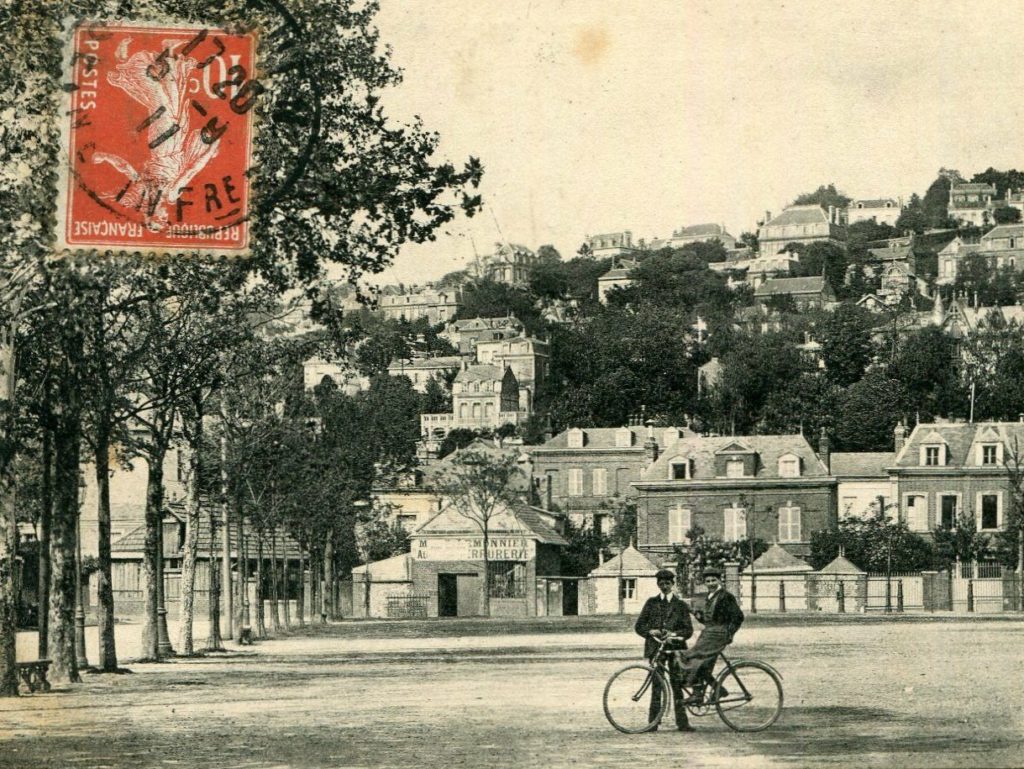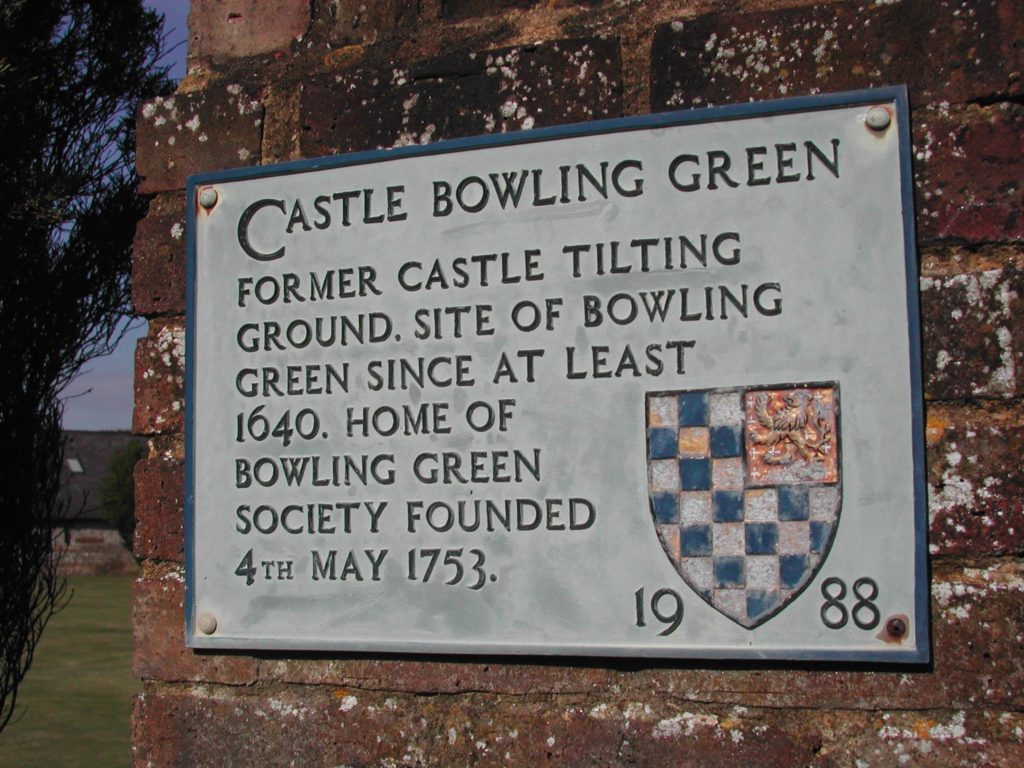If the Vikings conquered the North East of England (Danelaw – Yorkshire),England as a whole was only invaded twice, first by the Romans and then by the Normans. Following the battle of Hastings in 1066 and notably the acceptance of William Duke of Normandy as king of England, the language of the administration that he put in place was a dialect of « French » recognised now as « Anglo-Norman ». Not surprisingly therefore, this amalgam of Norman French and anglo-saxon English, has left a wealth of English words which have Norman French as their root.
As an example : the English word « cherry » is none other than the French word « cerise » in which the « s » has been dropped as suggesting a plural form. Likewise the English word « standart » meaning flag or banner, is an anglicized form of the French word « estandart », a flag or colour (like a « Guidon » used to indicate a rallying point)
Under different headings, we have noted several examples including : Varenne > Warren / Mortemer > Mortimer / Gournay > Gurney / Estouteville > Stuteville / Guillaume > William / Gautier > Walter / Wanchy > Vauncy / Aquitaine > Guyenne / Galles > Wales / Neufchâtel > Newcastle / Richemont > Richmond / Longueville > Longville / Bellevue > Belle Vue / Neuville > Nevill / Montgommery > Montgomery…
The word « Warren » appears frequently in England, both as a place name, vis : Warren (Cheshire), Warren Street (Kent), Warren Row (Windsor)… even Warren Buffet… however, rather more commonly the word warren is and has been used for its definision of a piece of land reserved for game – as in Rabbit-warren. According to the compact Oxford Dictionnary (containing 500,000 words), the word « warren » appears in print for the first time in 1377 referring to a small game reserve.
The suggestion therefore that « Warrenhill » in South Lancashire refers to the Warren family, in the absence of evidence, must be considered speculative because the said hill might equally have been invested with rabbits.
Concerning motte and bailey fortifications, the French word « besle » or « bail » has become « bailey » in English. On the other hand, certain names have retained their ortographic form such as Beauchamp, Beaufort, Beaumont, Cluny, d’Arcy, Durville, Harcourt….
The geographic location of the battle of Hastings today carrys the name « Senlac » – an Anglicized form of « lac de sang » – similar in spirit to « Rougemare » which can be found in Rouen ; The examples are legion. The most revealing one can be seen in the common etymon (a word from which another word is derived) « car » whose root is found in the French words « carrosse », « carriole », « charrue », « chariot », « charrette », « charron »… Our French speaking cousins in Quebec still use the word « char » to refer to a car.
In the Norman dialect spoken in the Northern part of Seine-Maritime region, a « caterpillar » is still called a « carpleuse » or « carpleur » which is the contracted form of the English word (meaning hairy flesh).
In Rouen, « Boulingrin » is the distortion in French of « Bowling Green », dating back to the British siege of the town during the hundred Years’War.


Has anyone ever made the link between these words ?
Shop < échoppe / square < carré / school < école / knife < canif / chanel < canal / castle < castel=château / haven < havre / foreign < forain / book < bouquin / battle < bataille / to look < reluquer / wesp < guêpe / county < comté / war < guerre / can < canne (à lait), cannette / umbrella < ombrelle / pork < porc / picture < pictural / warder < gardien…
Speaking of warder-guard, Vardes is a hamlet which is part of the town of Neuf-Marché (meaning New Border) on the river L’Epte, at the border between Normandy and Ile-de-France. In Vardes, there is a ford to cross the river which used to be guarded.
The english word moat (fossé in French) reminds us to the French word motte which refers to a mound and hence on the contrary to a rounded mass projecting above the surface. In the Pays de Caux, the clos masures are surrounded by « fossés » or « moats » planted with beech trees but these so called moats are in fact small mounds allowing the trees to have pivoting roots.
Fascinating evolution explained by Henriette Walter in the remarkable book Honni soit qui mal y pense published by Robert Laffont in 2001 (364 pages) and from which we have extracted and translated the following lines « When you love, you give unsparingly… and when you know that more than two thirds of the English vocabulary comes from French or Latin, that the English mushroom is in fact the French mousseron seasoned the English way and that the French bol is derived from the English bowl pronounced the French way, one realizes that between these two languages, there is a true love story which started a few centuries ago… and which continues ».
